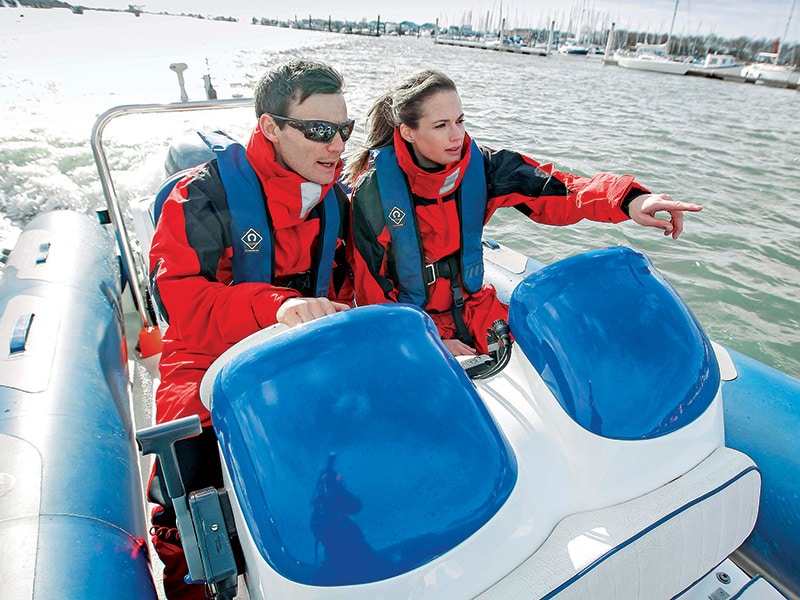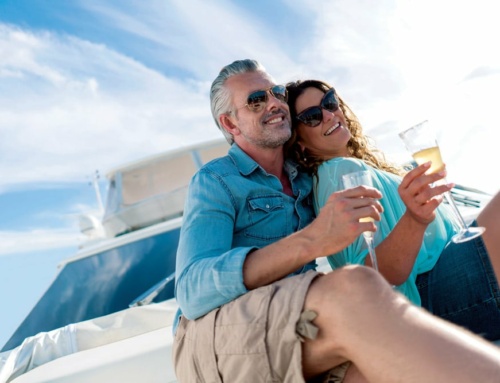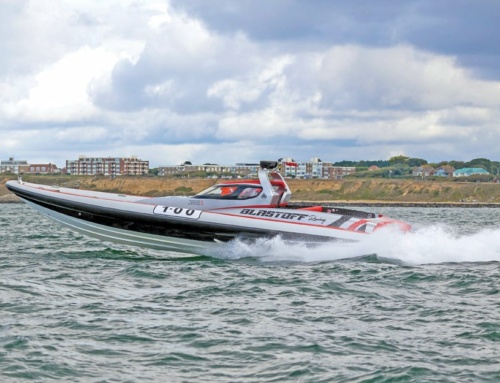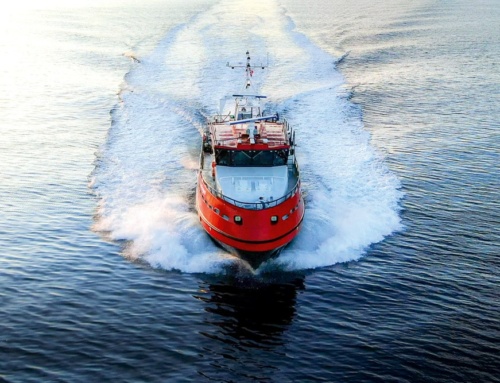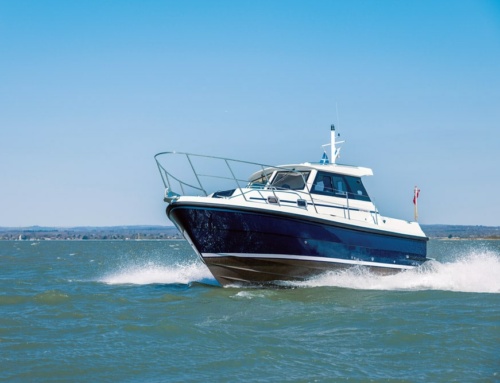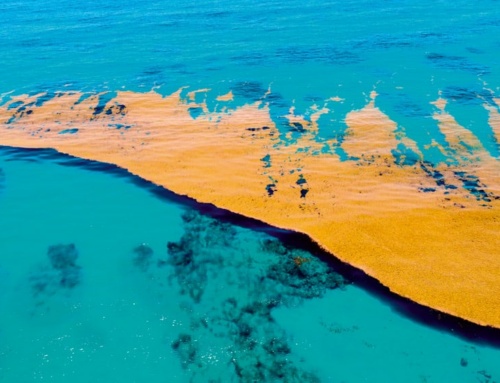‘Worn correctly, a personal flotation device could save your life.’
‘The RYA recommends that you wear a life jacket or buoyancy aid unless you are sure you don’t need to.’
‘You should consider factors such as weather conditions, the type of activity you are doing and your level of experience.’
Wearing a life jacket correctly could save your life. PBR reports on the findings of the multi-agency Casualty Review Panel …
Thirteen people who drowned in 2017 might be alive today had they been wearing an appropriate and correctly fitted life jacket or buoyancy aid. That is the finding of this year’s Casualty Review Panel, which meets annually to discuss relevant maritime fatalities in the fishing and boating sectors and to consider whether those who died might otherwise have survived had they been wearing a life jacket or buoyancy aid.
The panel also advises on other measures that might increase survivability. In 2017, 14 of the 27 fatalities examined by the panel had been drinking alcohol. The panel believes this figure serves as an important reminder that boaters should behave responsibly and understand how alcohol can affect their safety and the safety of others.
Accessing boats while in harbour was also an issue that concerned the panel, as eight of the 27 fatal incidents involved people accessing boats without wearing a life jacket. In recent years, many harbours have introduced life jacket lockers, making it easier for people to wear life jackets while using tenders to get to the shore, and the panel strongly recommends that boaters consider using them.
In 2017, two people’s lives might have been saved had they been carrying a means of communication. Having the right means of calling for help, and keeping it on you, can mean the difference between life and death. What you need to keep in touch will depend on the type of boat you have and where you are intending to go boating. Day-to-day communications and plans for calling for help in the event of an emergency both need to be considered. In particular, the following points are worth bearing in mind:
- Carrying a VHF radio and knowing how to use it will help rescuers to find you
- Carrying a PLB or EPIRB will help rescuers to locate you, and even if you are unconscious the alarm will be raised
- Downloading the RYA SafeTrx app on your phone and using it in an emergency could make all the difference
Stuart Carruthers, RYA Cruising Manager, said: ‘In reality, the vast majority of water sports are safe and fun – that’s how it should be – but it’s also clear that accidents can and do happen. If we want to change these statistics, we need to build on the preventative work of the Casualty Review Panel’s members. A safe mindset and the ability to learn from others are also vital if we are to achieve this.’
Reflecting on the tragic loss of those who might be alive today had they been wearing a life jacket or buoyancy aid, Stuart added: ‘The RYA recommends that you wear a life jacket or buoyancy aid unless you are sure you don’t need to. You should consider factors such as weather conditions, the type of activity you are doing and your level of experience. If you are a beginner or still relatively inexperienced, making these judgements is often not that easy, so if this is the case, be sure to wear one at all times. Worn correctly, a personal flotation device could save your life.’
Watch this video (Courtesy of RYA, MCA, RNLI) to see how to fit a lifejacket correctly, and the difference it makes.

